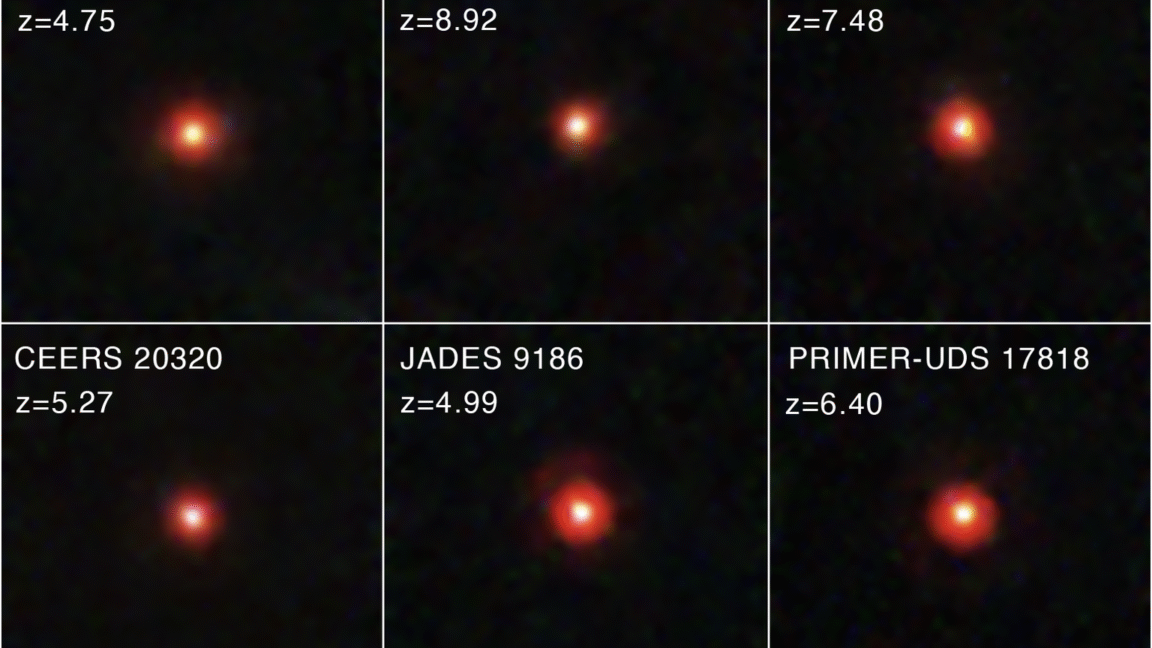
"The researchers used cosmological simulations to recreate the first 700 million years of cosmic history, focusing on the formation of a single dwarf galaxy. In their virtual galaxy, waves of stars were born in short, explosive bursts as cold gas clouds collapsed inside a dark matter halo. Instead of a single starburst episode followed by a steady drizzle of star formation as Garcia expected, there were two major rounds of stellar birth. Whole swarms of stars flared to life like Christmas tree lights."
"Those clusters started out scattered around the galaxy but fell in toward the center like water swirling down a drain. Once there, they merged to create one megacluster, called a nuclear star cluster (so named because it lies at the nucleus of the galaxy). The young galactic heart shone with the light of a million suns and may have set the stage for a supermassive black hole to form."
"A seemingly simple tweak was needed to make the simulation more precise than previous ones. "Most simulations simplify things to make calculations more practical, but then you sacrifice realism," Garcia said. "We used an improved model that allowed star formation to vary depending on local conditions rather than just go at a constant rate like with previous models." Using the University of Maryland's supercomputing facility Zaratan, Garcia accomplished in six months what would have taken 12 years on a MacBook."
Cosmological simulations recreated the first 700 million years of cosmic history, focusing on a single dwarf galaxy. Waves of stars formed in short, explosive bursts as cold gas clouds collapsed inside a dark matter halo, producing two major rounds of stellar birth rather than a single prolonged episode. Star clusters formed across the galaxy and migrated inward, merging into a dense nuclear star cluster whose luminous core could enable early supermassive black hole formation. An improved star-formation model that varied with local conditions and use of a high-performance supercomputer produced highly efficient clouds, with some converting up to 80 percent of gas into stars.
#cosmological-simulations #early-universe #star-formation #nuclear-star-clusters #supermassive-black-holes
Read at Ars Technica
Unable to calculate read time
Collection
[
|
...
]